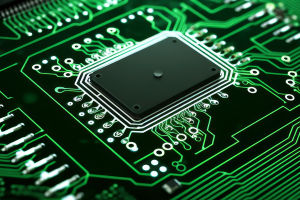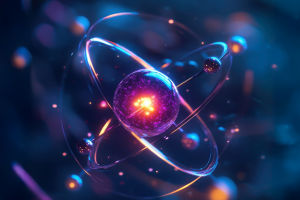Hey Lykkers! Space exploration has come a long way since the early days of human spaceflight.
At the heart of this advancement is the spacecraft, which plays a crucial role in enabling humanity to explore the vast reaches of space.
From sending astronauts to the moon to exploring distant planets, spacecraft are the vehicles that make these missions possible!
1. The Backbone of Space Missions
Spacecraft serve as the backbone of any space mission. These vehicles are designed to transport astronauts and equipment into orbit, support scientific research, and return safely to Earth. Without spacecraft, reaching destinations beyond Earth would remain a distant dream. Today, spacecraft are essential for everything from launching satellites to exploring the surface of Mars.
In the past decade, new spacecraft technologies have emerged, revolutionizing space exploration. For example, reusable spacecraft, such as SpaceX’s Dragon and Blue Origin’s New Shepard, have drastically reduced the cost of space travel. Re-usability has become a game-changer, offering the potential for frequent, low-cost space missions. This opens doors for future missions to the moon, Mars, and beyond.
2. Types of Spacecraft
Spacecraft come in various shapes and sizes, each suited to different tasks. There are crewed spacecraft, such as NASA’s Orion capsule, which is designed for human spaceflight and long-duration missions. These spacecraft are equipped with life-support systems, advanced communication equipment, and are capable of carrying humans to deep space destinations like the Moon and Mars.
Space telescopes such as the James Webb Space Telescope also fall under the spacecraft category. Though not designed for travel, these telescopes are critical for observing deep space and gathering data on stars, galaxies, and other celestial bodies.
3. Key Technologies Enabling Spacecraft Operations
The success of spacecraft is heavily dependent on the technologies embedded within them. Propulsion systems are one of the most critical components. Spacecraft use various types of propulsion, including chemical rockets, ion engines, and even solar sails. Each type of propulsion is designed to meet the specific needs of the mission, whether it’s launching a spacecraft into orbit or traveling across the solar system.
Life support systems are essential for ensuring astronauts can survive in the harsh conditions of space. These systems control air, water, and temperature, and filter out harmful gases. For long-duration missions, spacecraft are equipped with advanced systems that recycle resources and sustain life during prolonged stays in space.
Advanced navigation systems help spacecraft determine their position and guide them to their destinations. These systems rely on a combination of sensors, GPS, and onboard computers to keep spacecraft on course, whether they’re in low Earth orbit or making a journey to a distant planet.
4. Spacecraft and Future Exploration
As space exploration becomes more ambitious, spacecraft are evolving to meet the needs of future missions. NASA’s Artemis program aims to land humans on the Moon by 2025, and spacecraft will play a pivotal role in getting astronauts there. The Orion spacecraft is being developed specifically for this mission, designed to carry astronauts safely to the lunar surface and back.
Similarly, private companies like SpaceX are developing spacecraft capable of supporting missions to Mars. The Starship by SpaceX, for instance, is a fully reusable spacecraft designed for deep-space travel. It’s expected to carry astronauts to Mars and possibly beyond, making interplanetary travel a reality.
Additionally, deep space exploration missions will depend on innovative spacecraft. For example, the next-generation spacecraft might use nuclear propulsion or solar-electric engines to enable faster travel across the vast distances of our solar system.
5. Spacecraft’s Role in International Collaboration
Spacecraft are not only tools for national space agencies but also serve as a means for international collaboration. The International Space Station (ISS), a joint venture between NASA, Roscosmos, ESA, JAXA, and CSA, is a prime example of how spacecraft enable global cooperation in space exploration.
The ISS has become a platform for testing spacecraft technologies, conducting scientific experiments, and understanding the effects of long-term space travel on the human body.
With growing interest in space exploration, countries are working together to achieve common goals. For instance, the Lunar Gateway planned for the Artemis mission is a collaboration between NASA, ESA, JAXA, and other international partners. The Gateway will serve as a platform for future exploration missions to the Moon and beyond, highlighting the importance of spacecraft in fostering global space exploration efforts.
Spacecraft are at the heart of modern space exploration, enabling humanity to push the boundaries of knowledge and reach new frontiers. From supporting human space travel to conducting robotic exploration of distant planets, these vehicles are essential for scientific discovery and the future of space exploration. As technology continues to evolve, spacecraft will become even more advanced, opening doors to new missions and deeper exploration of the cosmos.
The next era of space exploration is on the horizon, and spacecraft will remain the driving force behind it!


